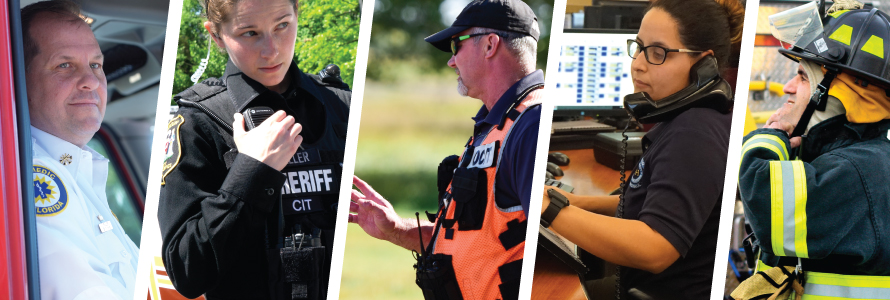The community of Jackman, Maine, has taken an innovative approach to providing emergency care quickly and efficiently. With the help of FirstNet, paramedics in Jackman can conduct telehealth sessions and treat residents at the local health clinic or in their homes, rather than transporting patients to a hospital over an hour away.









